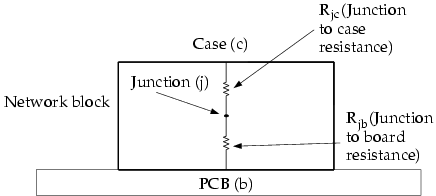There are four types of Ansys Icepak blocks: solid, hollow, fluid, and network. Although they share certain specifications, each is unique in purpose and characteristics:
Solid blocks represent actual solid objects and can possess physical and thermal characteristics such as density, specific heat, thermal conductivity, and total heat flux. Ansys Icepak considers the interior of a solid block to be part of the computational domain and includes the block internal temperature distribution as part of the model solution.
Hollow blocks represent three-dimensional regions of the model for which only side characteristics are important. Ansys Icepak does not mesh or solve for temperature or flow within regions bounded by the sides of a hollow block. Hollow-block surfaces can be specified as adiabatic (impervious to heat flow) or as possessing a fixed, uniform temperature or heat flux.
Fluid blocks are regions of the model where fluid properties can be specified independently of those specified for the Default fluid in the Basic parameters panel (see Default Fluid, Solid, and Surface Materials). Individual side parameters for fluid blocks are specified in the same manner as those for solid and hollow blocks. If individual side parameters are specified on a side of a fluid block, a zero thickness wall is defined for that side of the block.
A network block is a simplified representation of an IC (integrated circuit) package. The common packages are BGA (ball grid arrays), PGA (pin grid arrays), TSOP (thin small outline packages), and so on. Network blocks are characterized as a network of thermal resistances connecting the junction (j) to the case (c) and the printed circuit board (b). The region inside the package is replaced by this network representation and the power assigned to the junction. A simple network block is shown in Figure 20.1: A Simple Network Block.



